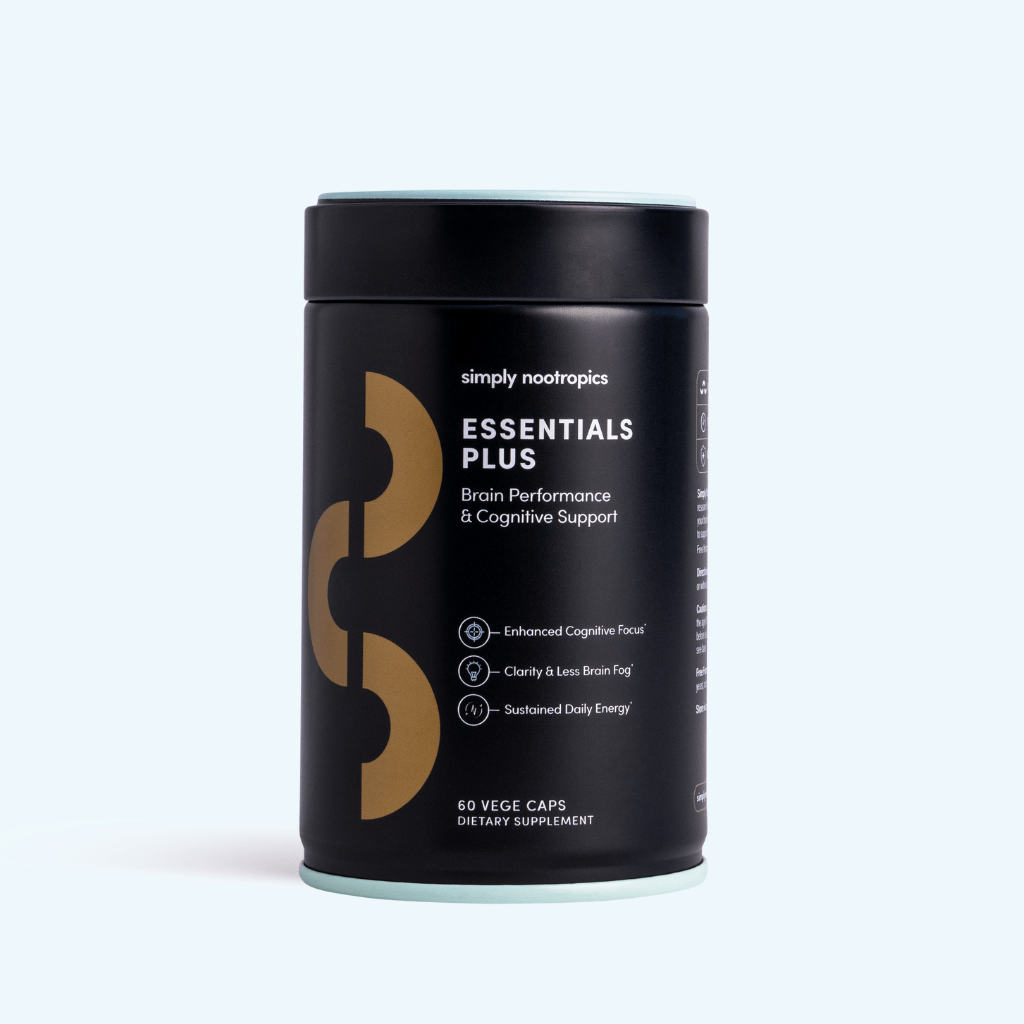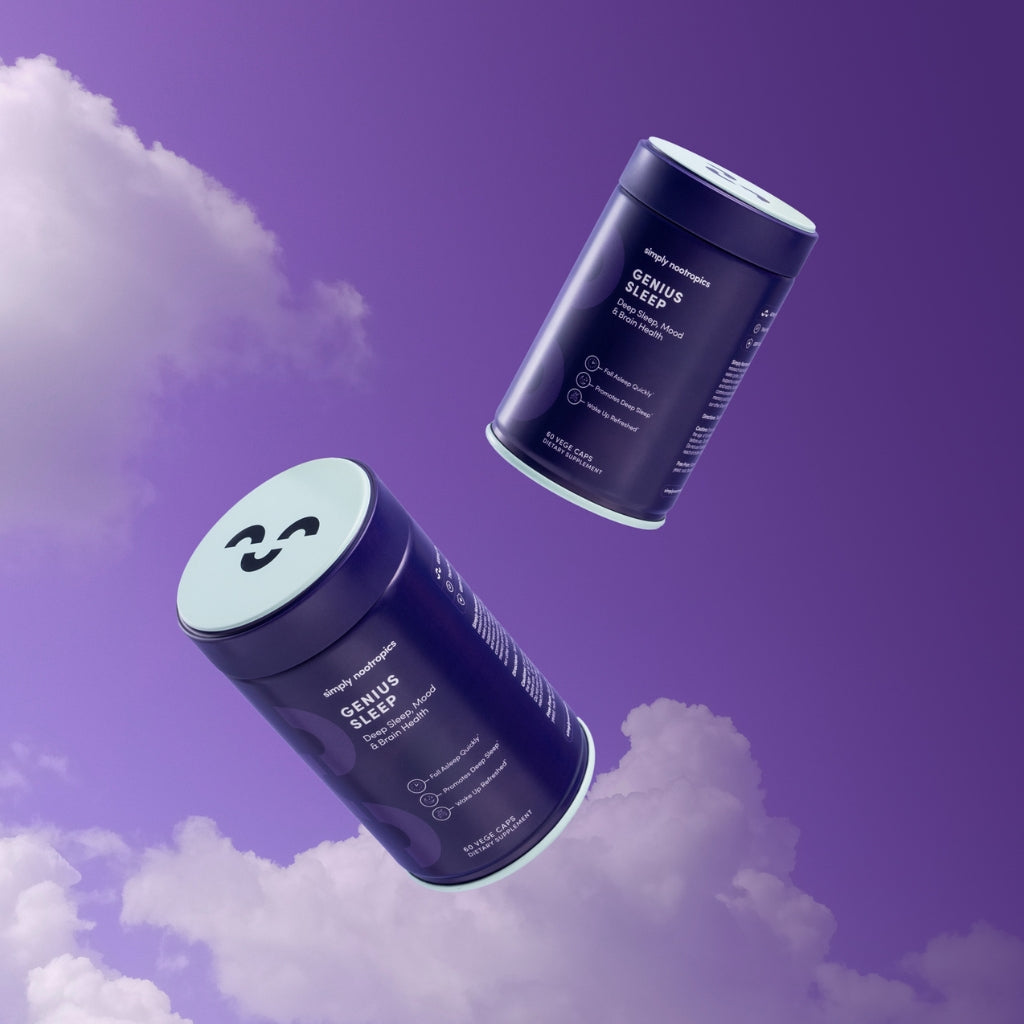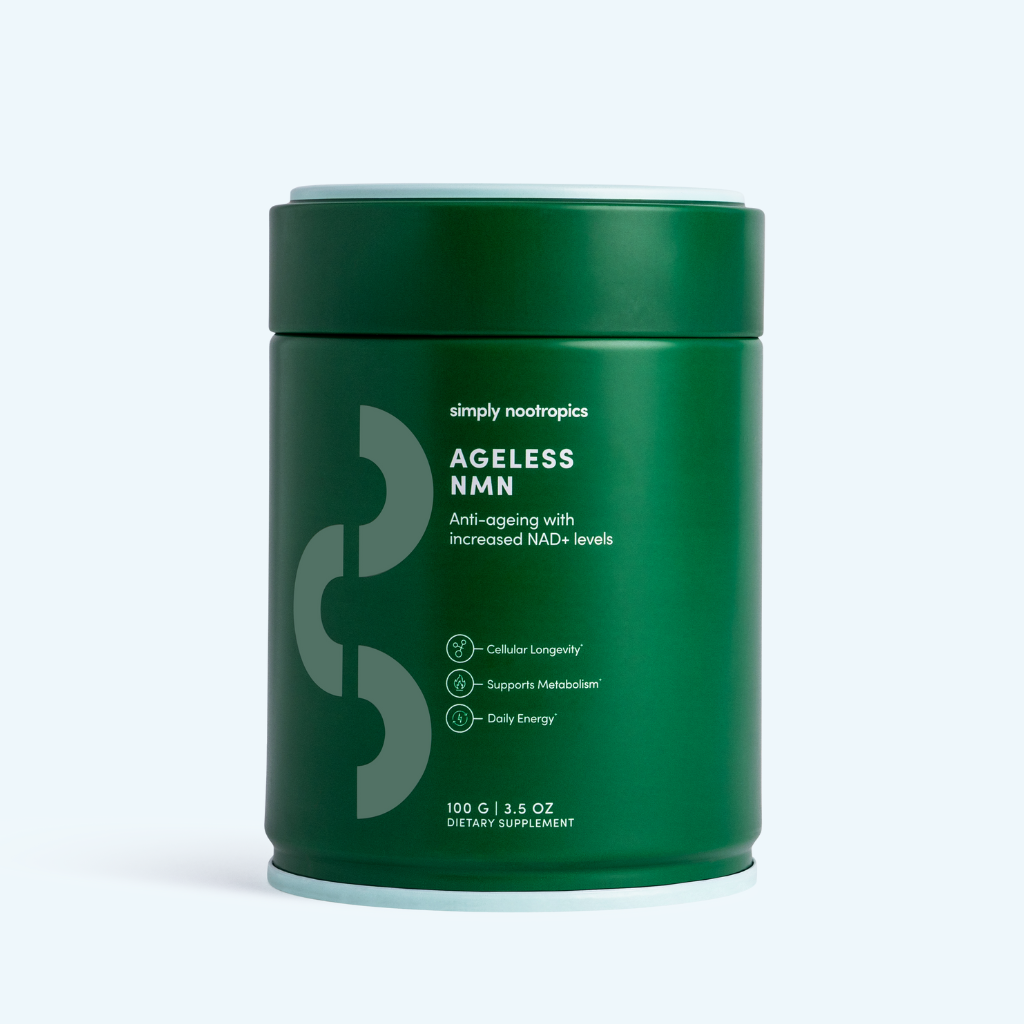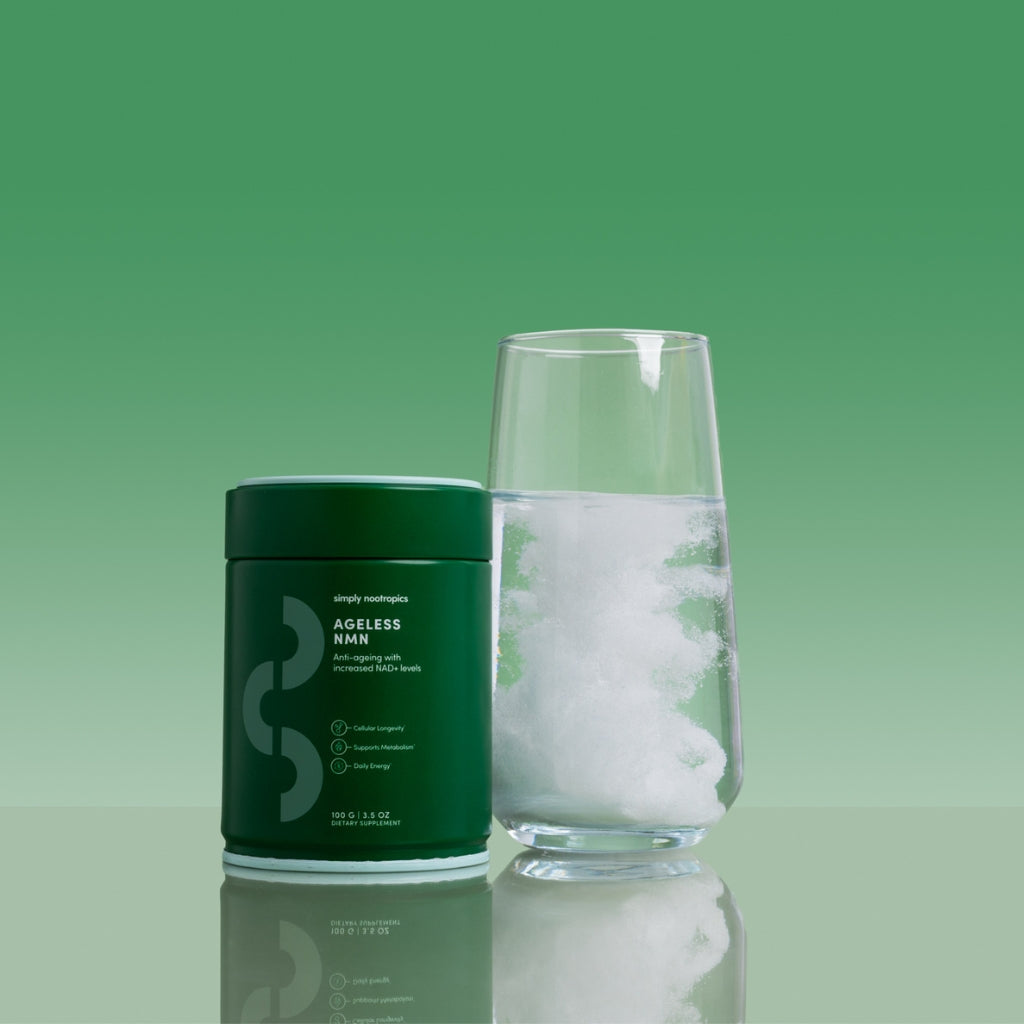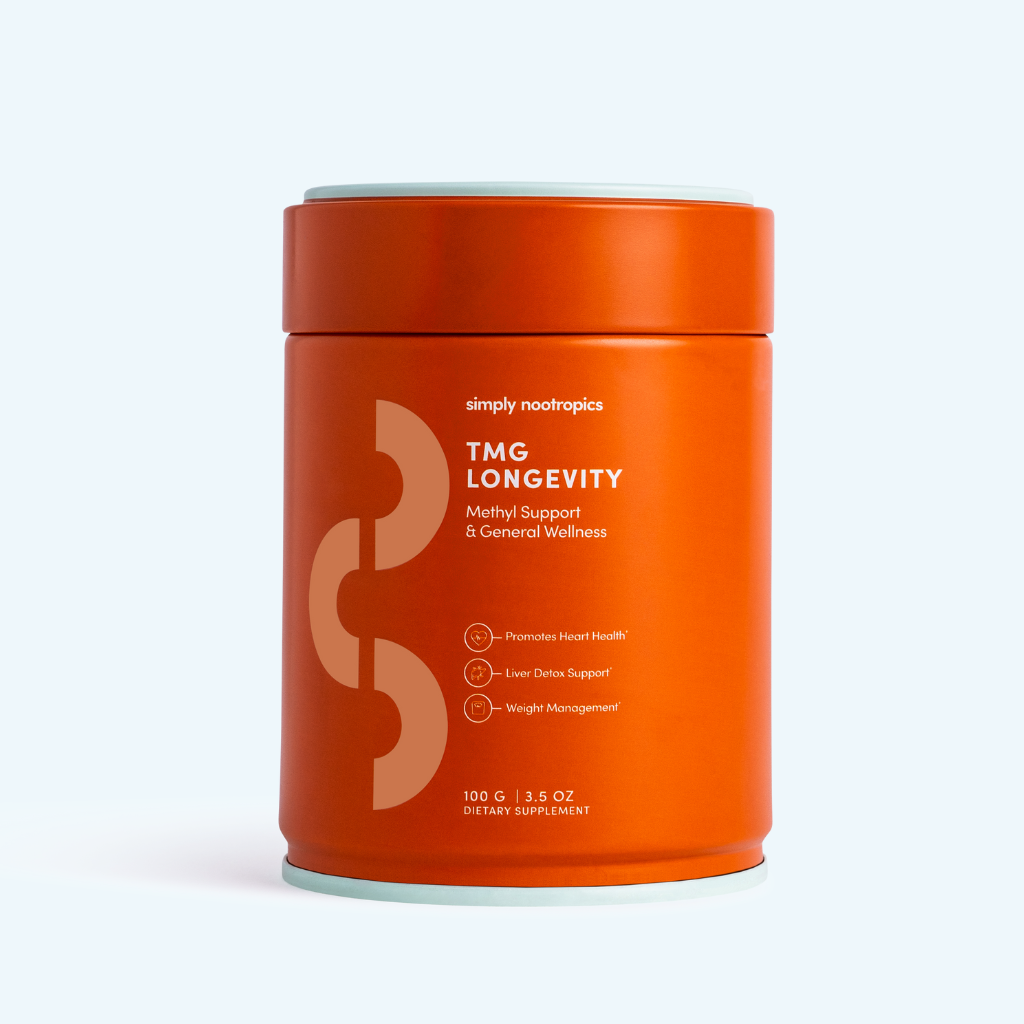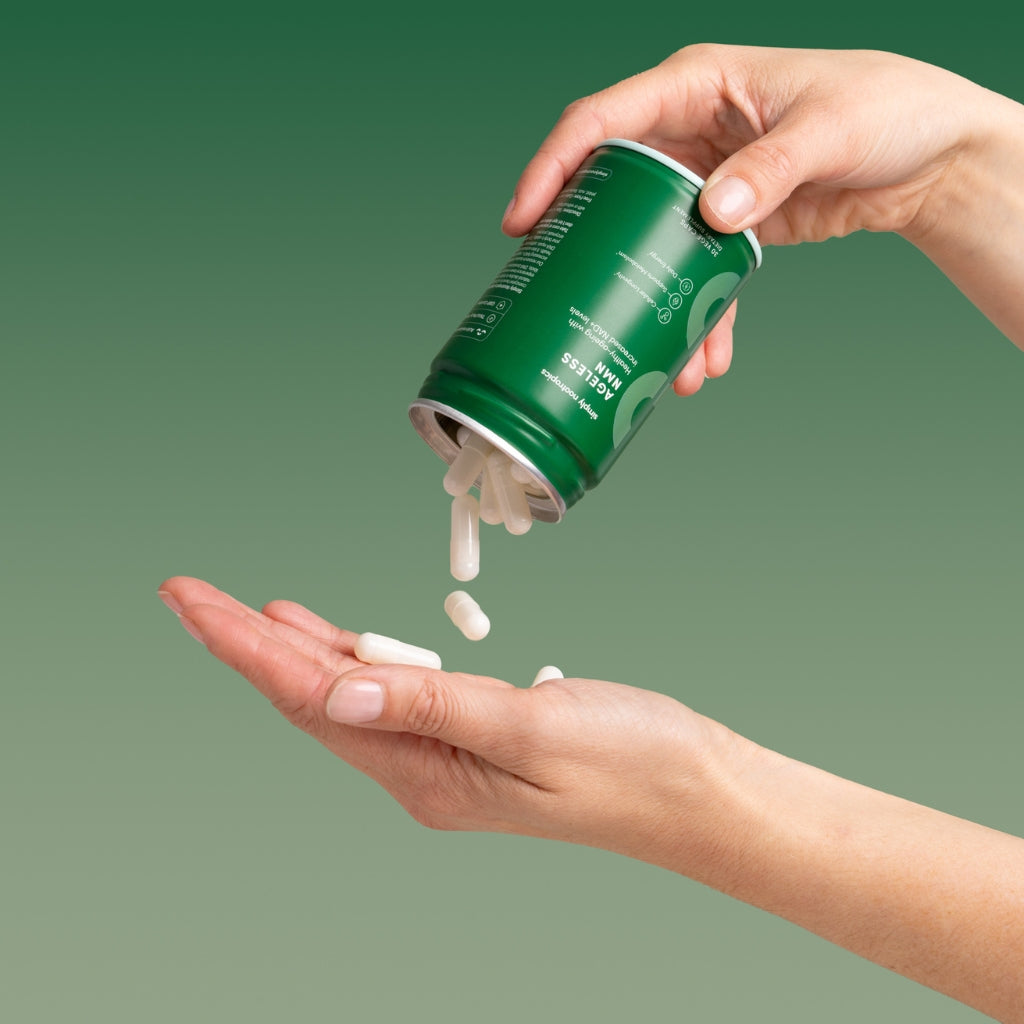We’ve all experienced it. You walk into a room, hear someone speak, or look at a familiar face, and suddenly, you’re convinced it’s happened before. But you know it hasn’t. That eerie feeling of déjà vu is so universally recognisable that it’s been co-opted by everything from horror films to philosophy memes.
But beneath the mystery lies something far more grounded: neuroscience. And the more scientists investigate déjà vu, the more they discover it’s not a spooky glitch at all, it’s a clue to how your brain manages memory, checks for reality, and even adapts as it ages.
What Is Déjà Vu, Really?
Déjà vu (French for “already seen”) is the sudden sensation that a new situation feels oddly familiar. It’s not the same as remembering, it’s more like the echo of a memory that you can’t quite place. Crucially, you’re aware that the feeling is irrational: you know you haven’t lived this moment before, but the familiarity feels real.
Researchers define it as a memory anomaly: a subjective experience of familiarity in the absence of recognition. In other words, you feel like you’ve seen something before, even when your logical brain knows you haven’t. This makes déjà vu a rare and fascinating cognitive event, one that offers a glimpse into how the brain checks, stores, and retrieves memory.
Why Does It Happen?
There’s no single agreed-upon explanation for déjà vu, but neuroscientists have a few leading theories:
1. Memory Mismatch
The brain has two key memory systems:
-
Familiarity-based memory (a sense you’ve encountered something before)
-
Recollection-based memory (you can actually retrieve the details of when and where)
Déjà vu is thought to occur when these systems get temporarily out of sync: your brain flags something as familiar, but the recollection system can’t find supporting evidence. It’s a false alarm, but one that feels very real.
2. Dual Processing Lag
Another theory suggests déjà vu arises from a delay between two processing pathways, one that rapidly scans sensory input, and another that takes a split second longer. If the second signal arrives late, the brain may interpret the same experience as having happened twice: once before, and once now.
3. Neural Overlap
Functional MRI studies have shown that déjà vu activates brain areas associated with memory (like the hippocampus and parahippocampal gyrus) and areas involved in conflict monitoring (like the prefrontal cortex). This suggests the brain is recognising an error, realising the sense of familiarity doesn’t match reality.
In essence, déjà vu might not be a memory at all, but a metacognitive correction system, your brain’s way of running a background error-check on its own data.
What Does This Have to Do with Ageing?
Here’s where it gets interesting: déjà vu appears to decline with age. Children rarely report it, adolescents and young adults experience it most frequently, and older adults tend to have it much less. But why?
Less Déjà Vu ≠ More Brain Stability
You might assume that fewer déjà vu experiences as you get older is a good sign. But it’s not that simple. Some researchers believe déjà vu is a byproduct of a healthy, active memory monitoring system, a sign that your brain is checking and cross-referencing memory and perception in real-time. In that sense, occasional déjà vu might indicate cognitive flexibility.
On the other hand, reduced déjà vu in older adults may reflect:
-
Changes in hippocampal activity (key to episodic memory)
-
Reduced dopamine transmission (involved in novelty detection and memory encoding)
-
Declines in metacognitive sharpness, or the ability to detect internal cognitive errors
In some studies, people with early-stage dementia or cognitive impairment are less likely to experience déjà vu, or they confuse it with actual memory, no longer able to distinguish between a real recollection and a false one.
Déjà Vu and Metamemory
Déjà vu is closely tied to metamemory: your awareness and understanding of how your own memory works. Healthy adults can usually say, “That feels familiar, but I know it isn’t.” That metacognitive insight is what makes déjà vu so strange, we’re aware it’s false. But as metacognition declines with age or disease, the boundary between memory and imagination can blur.
In fact, researchers studying déjà vu in the lab often use it as a model for understanding false memory, memory monitoring, and even hallucinations. The difference between those states? Mostly awareness. Déjà vu is a false memory you know is false.
Could Déjà Vu Be a Biomarker?
Some researchers are exploring whether déjà vu frequency might one day serve as an early biomarker for cognitive change. While it’s far from diagnostic on its own, patterns of:
-
reduced frequency
-
reduced awareness of its falseness
-
or increased confusion with real memory
...could offer subtle clues about memory network function in midlife and beyond.
Of course, not all brain ageing is pathological. Natural cognitive ageing begins subtly in our 30s and 40s and progresses gradually. But supporting the systems involved in memory, attention, and cognitive flexibility could help delay or mitigate the less desirable effects.
Supporting Brain Health as You Age
Your brain’s ability to monitor and update its own data, something as subtle as sensing déjà vu, relies on a finely tuned network of neurons, signalling pathways, and repair mechanisms. Over time, these systems can get sluggish, especially when the cellular energy currency (NAD+) and neurotransmitter production start to decline.
Supporting the brain doesn’t mean trying to eliminate quirks like déjà vu, it means giving your neurons the tools to keep functioning at their best. That includes:
-
Getting enough sleep to clear brain waste
-
Supporting methylation and neurotransmitter synthesis with nutrients like choline and magnesium
-
Managing inflammation
-
Replenishing NAD+ to support mitochondrial function
Why We Recommend Essentials Plus
At Simply Nootropics, we formulated Essentials Plus for exactly this kind of all-round brain support, especially for those over 40 who are noticing dips in energy, clarity, or memory sharpness. Each capsule delivers a powerful blend of ingredients that:
-
Support memory and focus (CDP Choline, Rhodiola Rosea, L-Theanine)
-
Reduce stress and support resilience (Ashwagandha, Lion’s Mane)
-
Protect against oxidative damage and cognitive fatigue (Enzogenol, Panax Ginseng)
Essentials Plus is designed to give your brain the fuel and feedback it needs to stay sharp, so you’re not just reacting to decline, but actively supporting your long-term cognitive health.




